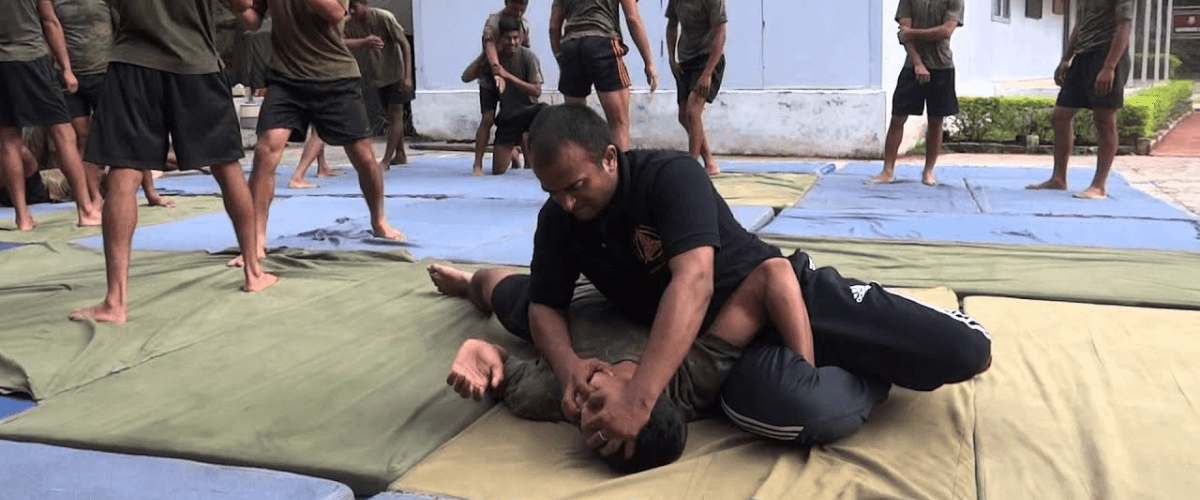
Dumog & Pangamut
The Art of Dumog: Filipino Grappling and Its Roots in Survival
Dumog, a rare and traditional Filipino martial art, can be found in the southern parts of Negros Island and on Panay Island, particularly in the province of Antique. Deeply rooted in Filipino culture, Dumog originated as a practical skill among farmers, who used it as a way to control and wrestle down Carabaos (water buffalo) for everyday tasks. Over time, it evolved into a martial art, combining elements of survival, entertainment, and strength-building.
The Origins of Dumog: Wrestling the Carabao
Dumog’s origins lie in the farmers’ need to control the powerful Carabao. To guide the animal, farmers would catch its horn and wrestle it to the ground, often using a rope hooked through the Carabao’s nose. This was done to bring the animal to rest or direct it to a specific place. This practice of controlling and subduing the Carabao is what we now recognize as Dumog.
Dumog experts, often with broad shoulders and powerful legs, developed their strength by working in fields and training in mud pits. The mud, which was knee-deep and sticky, served as a natural resistance trainer, helping farmers build the leg strength needed for wrestling. They would stride through the mud in circular motions, softening it over hours of practice, making their legs as strong as the Carabao’s over time.
Training Techniques in Dumog
Farmers employed several unique methods to build strength and power, each mimicking natural movements needed in both farming and combat:
- Arm and Shoulder Strength: Farmers would cut strong branches from trees and attempt to bend or break them, developing tremendous arm power.
- Power Push: Positioning themselves in front of large trees, such as coconut trees, farmers would balance themselves and push the tree with their legs and hands, repeating the motion until they were exhausted.
- Grip Strength: Using a rope tied around a tree, farmers would pull and rotate around the tree with full force, building a strong grip.
- Head Butts: Running toward banana trees and striking them with their heads, farmers would train headbutt techniques, sometimes bringing the tree down by the end of training.
Footwork and Techniques in Dumog
Dumog relies heavily on intricate footwork, allowing practitioners to balance and throw opponents with ease. Techniques include:
- Foot Clipping (Pangipit
- Forward Push (Pasudsud)
- Foot Deflection (Palapas)
- Foot Drag (Lampasu)
- Footbar (Pangligwat)
- Vigorous Throws (Haboy)
These movements not only allowed farmers to control their animals but also provided the foundation for grappling and throwing opponents in combat.
Pangamut: The Empty-Hand System of Pekiti-Tirsia Kali
In Pekiti-Tirsia Kali (PTK), Pangamut** refers to the empty-hand system, often practiced alongside Dumog. “Panga” means jaw, and “mut” is derived from “kamut,” meaning hand. Pangamut can be understood as using the hands to strike or grab an opponent’s head or jaw.
In PTK, Pangamut translates the coordination and skills learned from weapon-based training into empty-hand striking methods. Practitioners often flow between weapon drills and Pangamut, maintaining the same fluidity and precision. In combat, Pangamut is typically used to stun an opponent before transitioning to Dumog grappling techniques, such as throws or joint breaks.
Dumog and Pangamut in Combination
In Pekiti-Tirsia Kali, Dumog is seen as the grappling and takedown aspect of the system, while Pangamut focuses on striking. These two components complement each other, with Pangamut often used to incapacitate an opponent before applying Dumog techniques. The combination of these two arts provides a comprehensive approach to combat, blending striking, grappling, and ground control seamlessly.
Conclusion
Dumog remains a rare and vital part of Filipino martial arts, grounded in a tradition of survival and practicality. Alongside Pangamut, it forms a key component of the Pekiti-Tirsia Kali system, offering a versatile approach to combat that has been passed down through generations. Both Dumog and Pangamut reflect the adaptability and resourcefulness of the Filipino people, making them essential tools for any serious martial artist.

No Comments